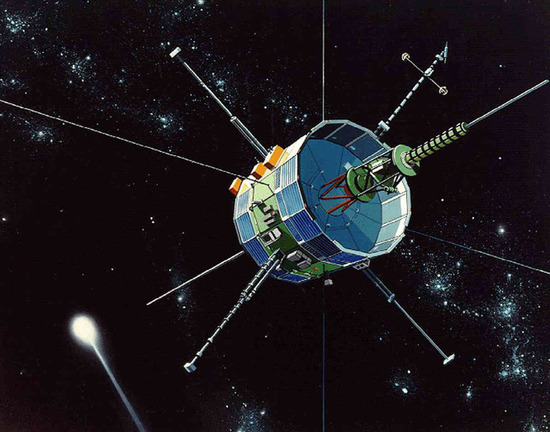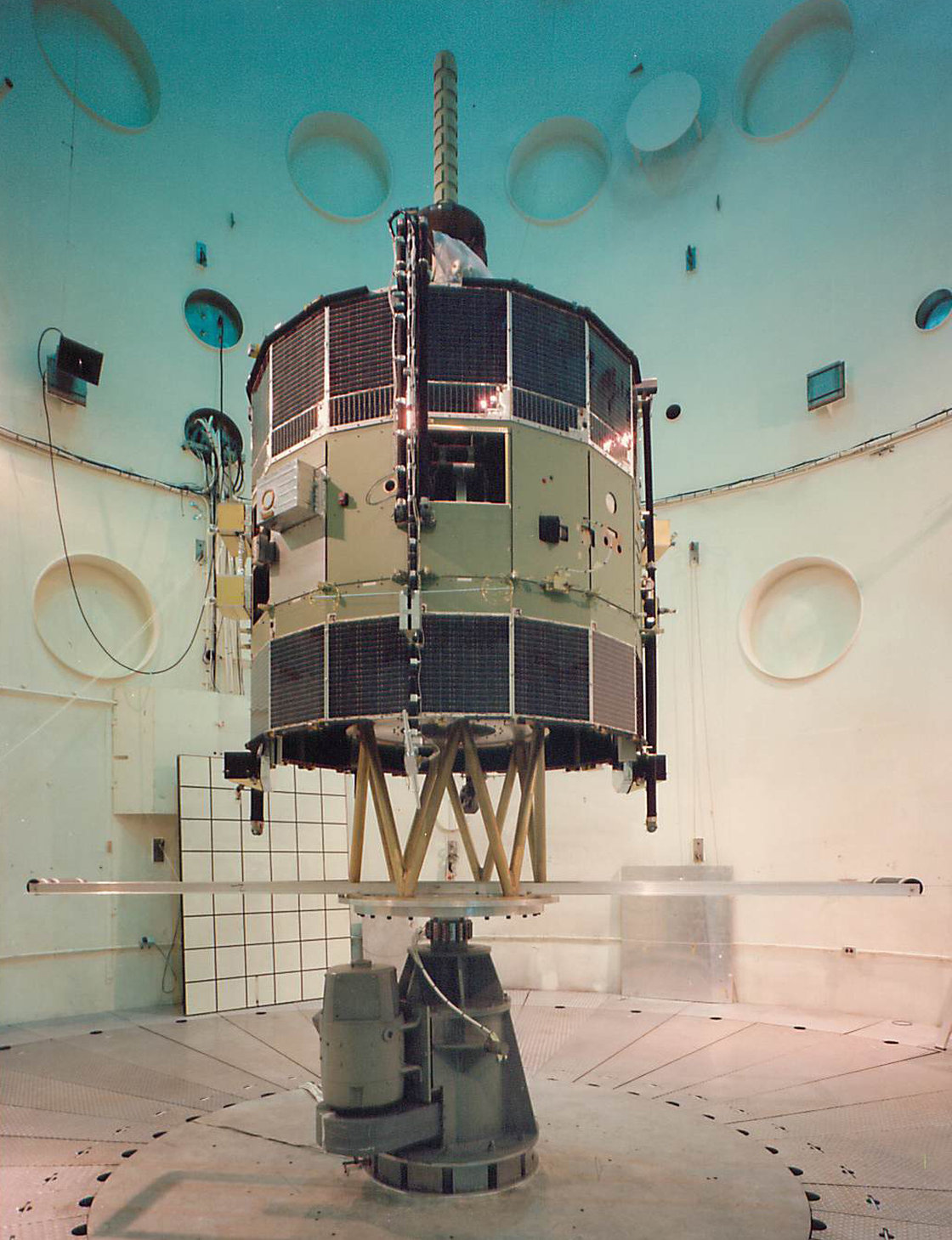A team of enthusiasts could not bring the ISEE-3 satellite “frozen” for 17 years

And a little more space for today. The news is quite important, albeit with a slightly negative meaning, unfortunately.
On Habré several times they wrote about the ISEE-3 satellite , which had previously performed the NASA mission, and successfully, and then forgotten for 17 years. This satellite was simply unnecessary by NASA, after the mission was completed, and it was simply “frozen”. Nevertheless, all the tools (13 scientific systems) work as well as in 1999, when the satellite was “frozen”.
')
A team of enthusiasts collected 150 thousand dollars to restore the satellite, and was able to communicate with him. As already mentioned in Habré , “on May 29, we managed to reestablish communication with the station, and on July 2, after several attempts, turn on the engines. With this inclusion the period of circulation of the station around its axis was changed. At the time of the restoration of communication, the device rotated at a speed of 19.16 rpm instead of the standard 19.75 rpm. The next step is trajectory correction. It is scheduled for July 8th. ”
And just to perform the trajectory correction failed.
The thing is that there was no fuel left in the satellite tanks (although the engines worked a little during the test), or something just went wrong. Tuesday and Wednesday went to the team to attempt to start the satellite engines to perform important maneuvers, but nothing happened, the project team failed.
There is some consolation: as already stated above, the scientific instruments of the device are working, and they have just been launched. Therefore, these systems are in working condition, and the Earth will be able to receive some scientific data for about three months. After that, the satellite will move away from Earth too far, and communications will stop. The satellite will be lost forever.

Here it is, ISEE-3. This photograph was taken in 1978, just before the apparatus was launched into space.
Nevertheless, the team is still worth congratulations on success. First, because these people have shown: crowdfunding can also be used in space, with the possibility of successfully raising funds for purely scientific purposes.
Secondly, enthusiasts were able to interest NASA, because the agency transferred the rights to use the satellite to the new “owners”.
Thirdly, an enormous amount of work was done on writing new software to control all satellite systems, on calculating the necessary maneuvers that could bring the satellite to the right point in space, on drawing public attention to the project itself.
I would like to hope that this “social activity” in terms of space exploration will not stop, and soon we will see something new, a new project in which not only government officials and aerospace workers, but also ordinary people will take part.
Via theverge
Source: https://habr.com/ru/post/229445/
All Articles